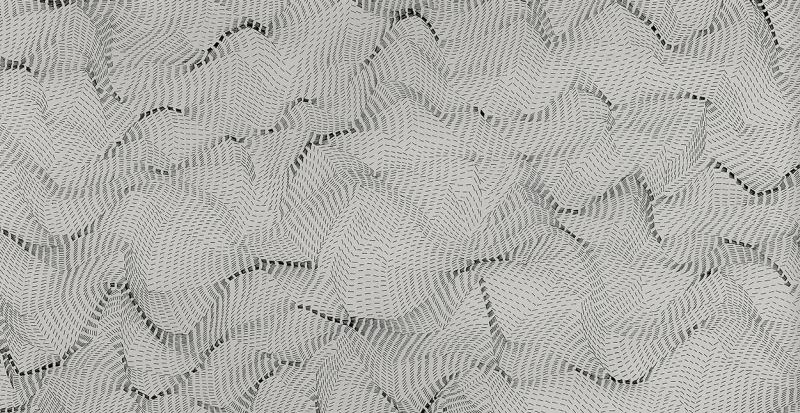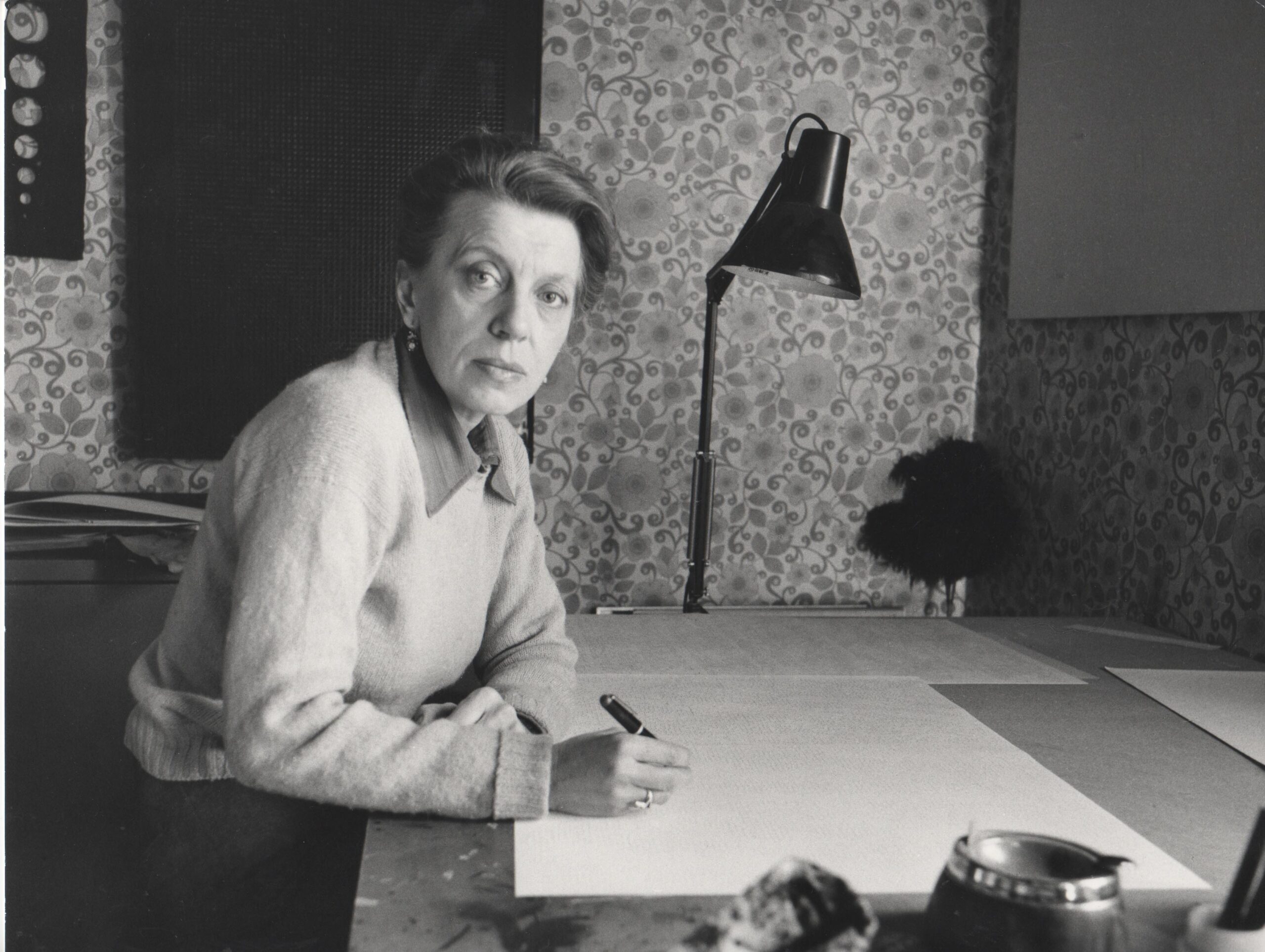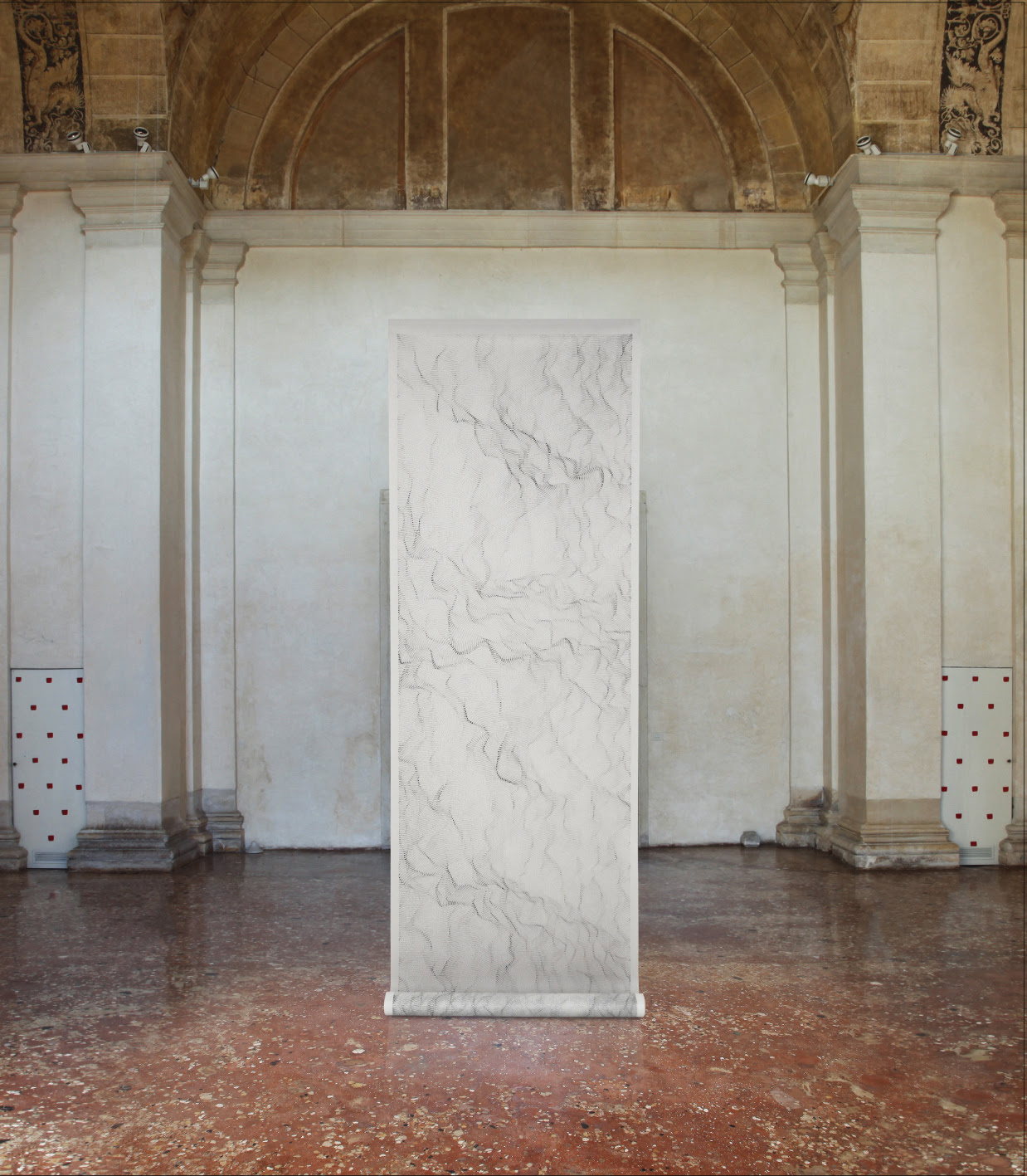
Have you ever heard of Dadamaino, the Milanese artist who has redefined the boundaries of Italian and international art since the late 1950s?
In the constantly evolving artistic universe, few have been able to express so powerfully the sense of research and reflection on existence as Dadamaino.
In this post I take you on a discovery of this extraordinary artist.
Dadamaino: the works

Through a creative journey starting from the first “Volumi,” works in which space becomes the protagonist thanks to cuts and openings on the canvas, Dadamaino (Milan 1930 – 2004), embarked on a journey of exploration of matter, sign and time, eventually leading us to the cycles entitled “Inconscio razionale,” “L’Alfabeto della mente” and “Costellazioni.”
Dadamaino did not stop there; his artistic investigations went as far as the series “Step by Step,” “The Movement of Things,” and “Sein und Zeit,” exploring the discontinuity of signs and the infinity of visual paths, inviting us to an ongoing reflection on the indecipherable future of reality.
DADAMAINO’S WORKS, A UNICUM IN ART
Dadamaino, whose real name was Eduarda Emilia Maino, does not belong to a single artistic current, but her work is often associated with movements such as Spatialism, Arte Povera, and Conceptualism.
Beginning her career in 1950s Milan, Dadamaino was influenced by the vibrant cultural milieu of the time, particularly the work of Lucio Fontana and his concept of Spatialism, which aimed to overcome the two-dimensionality of the canvas by exploring concepts of space, light and dimension.
Dadamaino was also close to the Arte Povera movement, characterized by the use of “poor” materials and the exploration of relationships between space, materials and society, although his work maintained a strong personal identity, focused on the search for emptiness, infinity and visual perception.
In the 1960s, Dadamaino became a member of the international New Tendency movement, which promoted programmed art and kinetic art, focusing on the interaction between the artwork and the viewer. This period marks an important development in his artistic approach, with a greater interest in abstraction, mental processes and visual research, thus also approaching the principles of Conceptual Art, while always maintaining its own specificity.
Dadamaino’s works are distinguished by his continuous research and experimentation with new forms of expression, traversing different phases and techniques, from the perforated canvases of his “Volumes” to “Rational Unconscious” and “The Alphabet of the Mind,” reflecting a constant dialogue with the artistic avant-gardes of his time without, however, rigidly adhering to a single current.
DADAMAINO, SPACE AND SIGN
Dadamaino’s artistic trajectory unfolds through phases of profound innovation.
His initial works, known as “Volumes,” represent a break with the pictorial tradition, introducing space as a dynamic and interactive element.
The subsequent evolution to the “Volumes with Staggered Modules” marks a progression in his research, with a multiplication of openings on the canvas that suggests a relentless investigation of space and perception.
In the 1970s, Dadamaino turned his attention to sign, resulting in cycles such as “The Rational Unconscious” and “The Alphabet of the Mind,” where the visual language became more abstract and conceptual.
These works distance themselves from the previous ones, proposing a direct dialogue with the depths of the mind and the exploration of the expressive potential of sign.
VISUAL DIALOGUES: “SEIN UND ZEIT” AND BEYOND
The series “Sein und Zeit,” “The Movement of Things,” and “Step by Step” represent the culmination of Dadamaino’s artistic reflection. Here, the artist explores materiality and temporality through signs that disperse and concentrate, creating visual dialogues that reflect the fluidity and unpredictability of existence. The works in these cycles, exhibited in contexts as varied as wine cellars, offer an immersive experience where movement and mutation are constant elements.
To admire Dadamaino’s works is to immerse oneself in the dynamics that have characterized his work: a journey through the continuity and unity of his artistic path, which has been able to unite gesture and time in an uninterrupted flow.
His works, with their strong visual and emotional impact, invite us to reflect on the ever-changing reality, offering a unique key to interpreting the world around us.

Dadamaino’s works represent a fundamental chapter in the history of contemporary art, marking with his research a bridge between the visible and the invisible, the concrete and the abstract. His work continues to influence and inspire, offering a renewed perspective on art and life.

